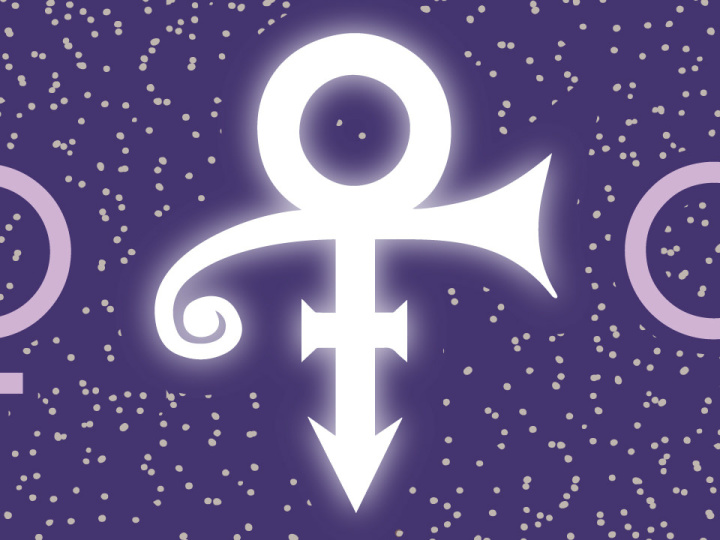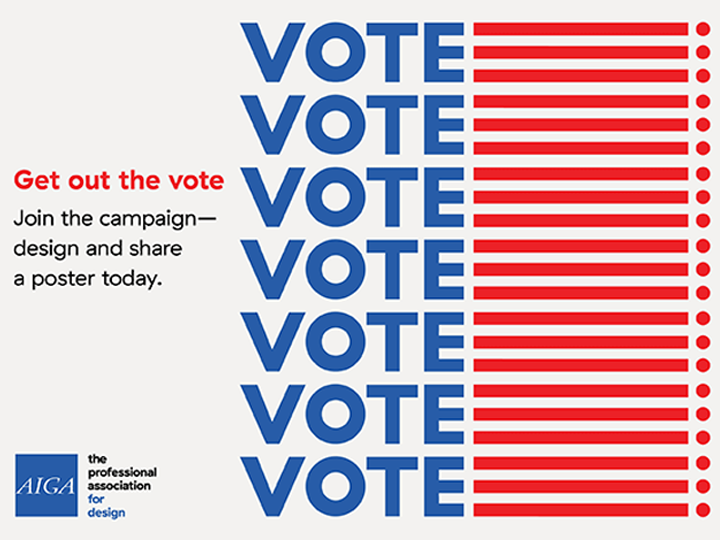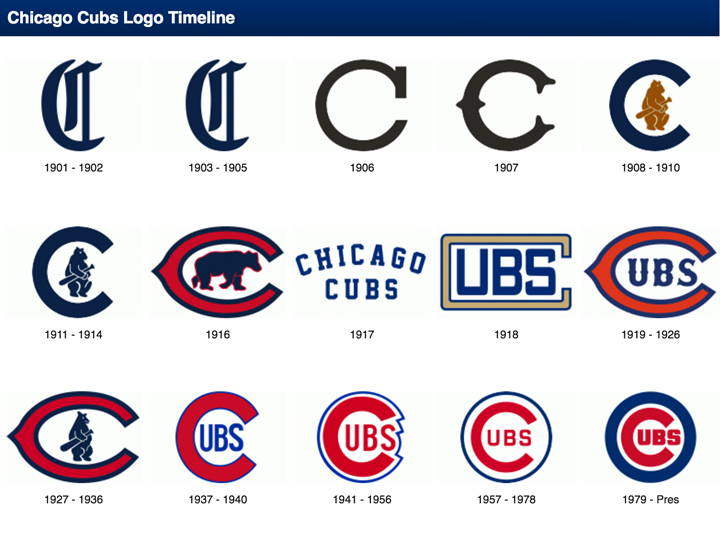When I heard of His Purple Majesty’s untimely passing yesterday, I not only mourned the loss of a talented musician (who provided a big part of the soundtrack to my college years), I mourned the loss of a uniquely gifted visual artist as well. Prince’s canvass was his body, his lifestyle, his music, and his attitude. There will probably never be another artist who can match his masterful blending of textures, colors, symbols, images, genders, genres, words and music into something so flamboyantly well… Prince.
Perhaps the best example of this is Prince’s adoption in 1993 of The Love Symbol, an unpronounceable mark, as the only proper visual moniker for The Artist Formerly Known as Prince.
He stated in a press release at the time:
Warner Bros took the name [Prince], trademarked it, and used it as the main marketing tool to promote all of the music I wrote. The company owns the name Prince and all related music marketed under Prince. I became merely a pawn used to produce more money for Warner Bros…. I was born Prince, and did not want to adopt another conventional name. The only acceptable replacement for my name, and my identity, was a symbol with no pronunciation, that is a representation of me, and what my music is about. This symbol is present in my work over the years; it is a concept that has evolved from my frustration; it is who I am. It is my name.
In order to use the symbol in print media, Warner Bros. had to organize a mass mailing of floppy disks with a custom font. Yes they had to make a custom font just for Prince!
For an in-depth look at the evolution of Prince’s brilliant self-branding, check out this article in Fader:
The Higher Meaning Behind Prince’s Love Symbol






